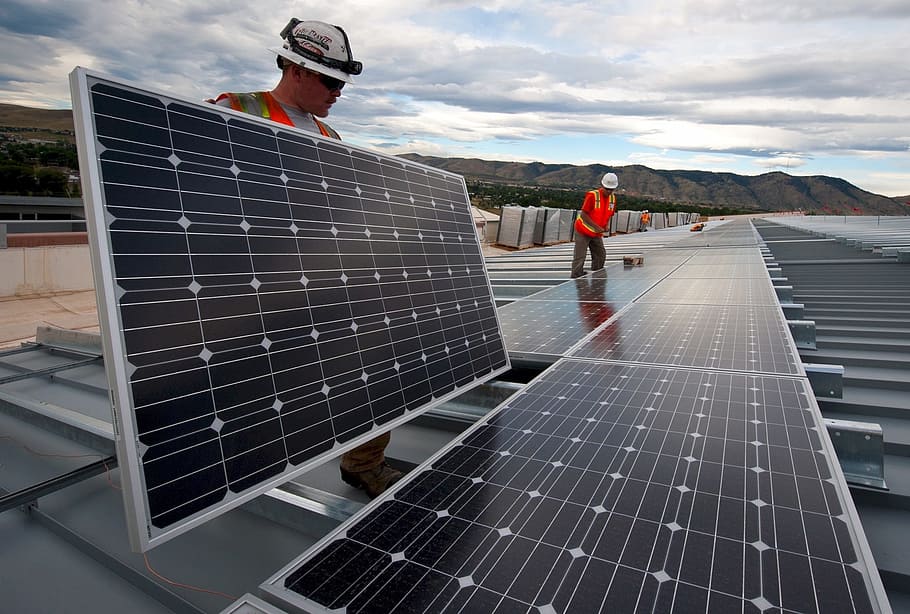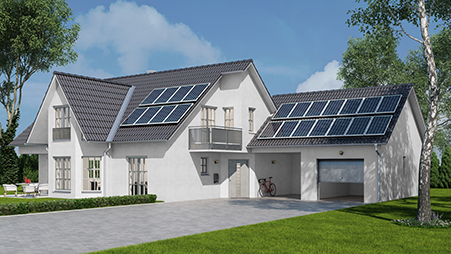
Pioneering the Green Frontier: Renewing Energy with Sustainable Installations
Renewable energy installation stands at the forefront of a sustainable revolution, offering a profound shift from traditional energy sources. This article delves into the transformative landscape of renewable energy installations, exploring the technologies, benefits, and the pivotal role they play in shaping a greener future.
Diverse Technologies Driving Change: From Solar to Wind and Beyond
The realm of renewable energy installations spans diverse technologies, each contributing uniquely to the green energy landscape. Solar installations harness the power of the sun, while wind turbines convert wind energy into electricity. Other technologies, such as hydropower and geothermal, further diversify the renewable energy portfolio, providing sustainable alternatives to conventional power sources.
Solar Installations: Capturing Sunlight for Sustainable Power
Solar installations, utilizing photovoltaic cells, capture sunlight and convert it into electricity. This transformative technology has witnessed significant advancements, making solar energy more efficient and affordable. From residential rooftops to expansive solar farms, solar installations exemplify the decentralized and clean nature of renewable energy.
Wind Turbines: Harvesting the Breeze for Clean Electricity
Wind turbines, gracefully dotting landscapes, harness the kinetic energy of the wind to generate electricity. As the wind turns the turbine blades, a generator converts the rotational energy into electrical power. Wind installations, both onshore and offshore, contribute substantially to global efforts in transitioning towards cleaner and more sustainable energy sources.
Hydropower: Tapping into Flowing Water for Energy
Hydropower installations leverage the energy of flowing water to generate electricity. Whether through dams, run-of-river systems, or tidal turbines, hydropower installations offer a reliable and consistent source of renewable energy. These installations often provide essential grid stability and storage capabilities.
Geothermal Systems: Earth’s Endless Energy Reservoir
Geothermal energy installations tap into the Earth’s internal heat, converting it into electricity or direct heating. Geothermal power plants, using steam or hot water reservoirs, showcase the Earth’s natural abundance as a sustainable energy reservoir. Geothermal installations demonstrate the reliability and minimal environmental impact of harnessing Earth’s heat.
Environmental Benefits: Reducing Carbon Footprints and Emissions
One of the primary advantages of renewable energy installations is their significant environmental benefits. By harnessing energy from natural and sustainable sources, these installations contribute to reducing carbon footprints and greenhouse gas emissions. The shift towards renewable energy is a crucial step in combating climate change and fostering a cleaner, healthier planet.
Decentralization of Energy Production: Empowering Local Communities
Renewable energy installations embody the decentralization of energy production. Unlike centralized fossil fuel power plants, renewable installations can be distributed across various locations, empowering local communities. This decentralization enhances energy resilience, reduces transmission losses, and fosters community engagement in sustainable practices.
Economic Opportunities: Job Creation and Sustainable Growth
The renewable energy sector offers substantial economic opportunities, including job creation and sustainable growth. As the demand for renewable installations rises, a diverse range of skilled professionals, from engineers to technicians, becomes essential. Investing in renewable energy installations not only supports environmental goals but also stimulates economic development.
Challenges and Innovations: Navigating the Path to a Green Future
While the growth of renewable energy installations is promising, challenges persist. Variability in energy production, grid integration, and the need for energy storage solutions are areas that require continuous innovation. Ongoing research and technological advancements aim to address these challenges, ensuring the seamless integration of renewable energy into mainstream power systems.
Educational Outreach: Fostering Awareness and Adoption
Educational outreach plays a pivotal role in fostering awareness and adoption of renewable energy installations. Workshops, educational programs, and community initiatives empower individuals and businesses to make informed choices. The more people understand the benefits and possibilities, the faster renewable energy installations can become integral components of our energy landscape.
In conclusion, renewable energy installations represent a paradigm shift towards a sustainable and resilient energy future. To explore more about the transformative world of renewable energy installation, visit Renewable Energy Installation for insights into embracing cleaner and greener energy solutions.


:max_bytes(150000):strip_icc()/gravel-patio-how-to-4174020-hero-086c42f32f294d35b89356243a52f7a4.jpg)